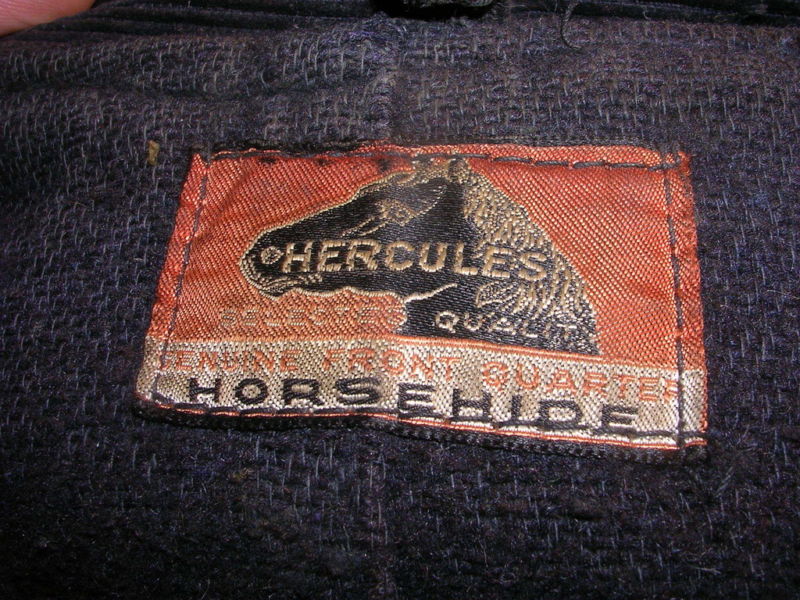Sabir Asaria
New in Town
- Messages
- 46
- Location
- Qatar
I have always wondered about what is the difference between regular CXL HH and Front Quarter CXL HH.
As per Aero, Chromexcel Heavy Front Quarter Horsehide is available exclusively from them and no other jacket manufacturer. I have seen other manufacturers (Simmons Bilt & Johnson Leather to name a couple) offer CXL jackets but none other than Aero offer CXL FQHH
The labels on Aero’s FQHH jackets even mention Front Quarter specifically whereas for other horsehides they use (like Jerky HH) the label simply mentions HH.
So what’s the difference between regular HH and FQHH and what makes FQHH so special?
As per Aero, Chromexcel Heavy Front Quarter Horsehide is available exclusively from them and no other jacket manufacturer. I have seen other manufacturers (Simmons Bilt & Johnson Leather to name a couple) offer CXL jackets but none other than Aero offer CXL FQHH
The labels on Aero’s FQHH jackets even mention Front Quarter specifically whereas for other horsehides they use (like Jerky HH) the label simply mentions HH.
So what’s the difference between regular HH and FQHH and what makes FQHH so special?





